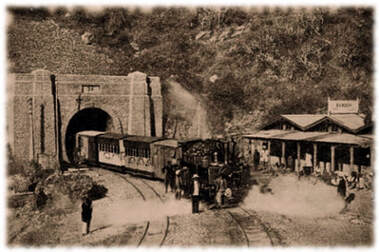 By M.P. Pellicer | Stranger Than Fiction Stories In 1903, Colonel Barog, a British engineer made a mistake in the building of Tunnel No. 33 on the Kalka-Shimla train route. Subsequently he was fined for wasting government money and publicly reprimanded, which humiliated him deeply. He rode his horse to the dark entrance of the unfinished tunnel, and shot himself in sheer desperation near what now is the state government-run Barog Pine Wood Hotel. He has never left the place since. 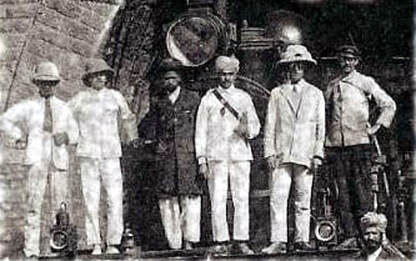 During the building of the Tunnel No 33 Kalka-Shimla train route During the building of the Tunnel No 33 Kalka-Shimla train route He was buried in front of the tunnel, and a signboard giving details about the sad end of Colonel Barog was put up near his grave, but that too has now disappeared. As a result, it is now even difficult to locate the whereabouts of his grave. Sightings of the engineer riding his horse from one end to the other, started almost immediately after his death. It is said that he tried to have conversations with those who see him. Strangely there is no reference made of a Colonel or Mr. Barog in connection with the tunnel or his death in those years by the newspapers at this tunnel, or any other that was constructed. However as early as 1878 there is mention made of Barog Hill. In 1900, there is reference made to the actual construction of the tunnel, as the "Barog tunnel, under the Solon Hill", prior to the arrival of any engineers. The tunnel was completed three years later, and inaugurated by Lord Curzon on November 9, 1903. Barog is a village located about 27 miles away from Tunnel No. 33, and it's the 8th station on the railroad from Kalka. It turns out Colonel Barog is a fictional character in an urban myth. If there's a ghost haunting the area, it's not the mythic engineer. 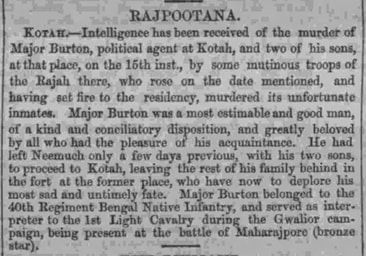 The death of Major Burton in Kotah, India c.1857 The death of Major Burton in Kotah, India c.1857 Brijraj Bhawan Palace was built in 1830 by the East India Company for the British Political Agent. It is said to be haunted by Major Charles Burton who was killed in the Indian Mutiny in 1857. Both of his sons were killed as well. He supposedly stalks the corridors of the palace, and on occasion slaps guards who have fallen asleep at their post. The palace was made into a hotel in 1980. Warren Hastings (1732-1818) is said to haunt his one time home in Kolkata. He along with Major-General Lord Robert Clive consolidated the hold of the East India Company during the 18th century for the British Empire. He became the first Governor-General of British India. There are reports of the sounds of a phantom coach arriving, and the shade of a man looking through drawers and shuffling papers. There are also stories told of the ghost of a British woman who wanders through the gardens. It is believed to be Hastings' wife Marian (1747-1837). Hastings left the property to his step-son Julius Imhoff who lived there, as did several later generations of the family. 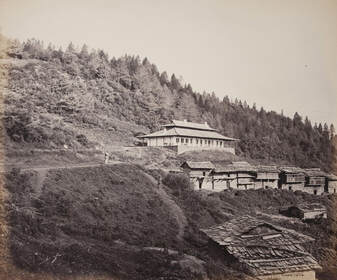 Dak Bungalow in Simla, built in 1868 by the British. The building was razed in the 20th century. Dak Bungalow in Simla, built in 1868 by the British. The building was razed in the 20th century. Different authors wrote ghost stories during what is known as the British Raj, which lasted from 1858 to 1947. The best known are Rudyard Kipling, Sir Arthur Conan Doyle, B.M. Croker (Bithia Mary Croker), Brigadier Humphry Bullock (1899-1959) and Charles Lindley, Viscount Halifax. Simla was the summer capital for the British Raj, and many of the houses and bungalows have tales of murder and hauntings attached to them. Viscount Halifax wrote a story in his 1937 book titled The Simla Bungalow that was sent to him in 1925, by his sister Mrs. Dundas "who had it from her granddaughter in India." The story details where the ghost of an old man was seen leaning on a stick and staring at the floor. Later it was learned that an older man in a fit of jealousy had killed his young wife in this house years before. 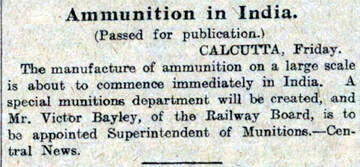 Victor Bayley in India c.1915 Victor Bayley in India c.1915 There is another story told involving Victor Bayley Assistant Secretary, Railway Board and Superintendent of Munitions, India. He and his wife came to India around 1913, and rented a home in the lush hills of Simla. It was a mansion and let at a low rent. What they didn't know was the reason why others were reluctant to live there. By the time they came to occupy it, the house was approximately fifty years old, and built shortly after the Mutiny in 1857. It had a reputation for being haunted. The prior occupants would hear crashes in the house, and the belongings in a room were torn apart without human agency. The Bayleys stayed for the season without incident until a night when they returned from a party, and found a trusted servant waiting for them. He described how he he noticed an English gentlemen walking around in the house. He followed the man, and asked if he wanted anything. The man didn't respond, and walked through a closed door. The Bayleys left soon after, whether due to the ghost or the end of the summer season is not known. The house became known as the Charleville Mansion, and retained its disturbing reputation. It was sold to an Indian family in 1947. Bayley as an engineer would go on to be involved in the building of the railway at the Khyber Pass, along 30 miles of the frontier between India and Afghanistan. He authored a book about his experiences in the 1930s. He wrote, "The utter indifference to human life and suffering was simply appalling. The whole land seemed to be tainted with it. From the hard, clean skyline to the bare, stony fields it seemed to breathe hostility and murder." 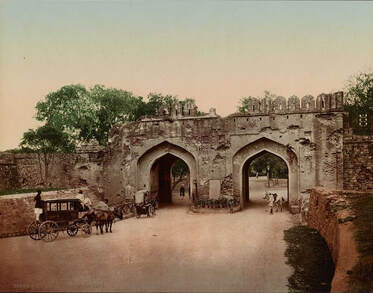 Kashmir Gate with the Breach of 1857 c.1890 Kashmir Gate with the Breach of 1857 c.1890 Lothian Cemetery in Delhi is one of the oldest Christian cemeteries located not far from the Kashmere Gate on Lothian Road thus its name. Burials took place here from 1808 until 1867. Present day it is derelict, full of crumbling crosses poking from the weeds. Only 15% of the tombs are decipherable. It has a reputation for being very haunted. European soldiers who were killed during he Mutiny of 1857, as well as British women and children who died from cholera epidemics found their final resting place at this graveyard. Supposedly there is a ghost of Sir Nicholas, who committed suicide after a failed love affair with an Indian woman. There is no story written in the English newspapers about the death of any British gentleman by that name, either dying from illness or by his own hand. The connection might be to the Nicholson Christian Cemetery, around the corner from the Kashmiri Gate. The four acres contain the grave of Brigadier General John Nicholson who died on November 21, 1857 from injuries sustained during the storming of Dellhi during the Sepoy Mutiny of 1857. He was only 35 years old. The story of the suicidal gentleman is most probably an urban myth, as their are men aplenty buried at Lothian Cemetery who died under grislier circumstances, who could be the spirit seen walking the grounds. 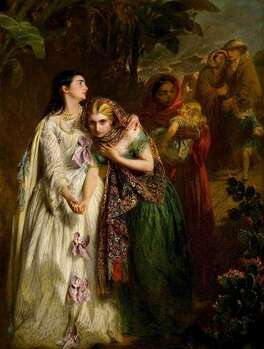 The Flight From Lucknow 1857 by Abraham Solomon, Defenders And Civilians Evacuated From Residency After Siege Lucknow During Indian Rebellion 1857 The Flight From Lucknow 1857 by Abraham Solomon, Defenders And Civilians Evacuated From Residency After Siege Lucknow During Indian Rebellion 1857 Some of the most intense combat occurred near the Kashmir Gate, and St. James' Church, where a small British community lived just inside the city walls in 1857 and were massacred. Not all of the victims received a decent burial, as testified by the inscription of a huge Celtic cross of rose sandstone: sacred to the memory of those whose nameless graves lie all around. Between May 11th to the 17th, scores of British women, men and children were captured and put to the sword by rebels under a pipul tree that grew in this neighborhood. This included Midgely John Jennings the chaplain. The pipul tree is gone, but the chapel is still there. It was built in 1836 by James Skinner (Sikander Sahib), the son of an Indian princess and a Scotsman. He founded the British cavalry regiment Skinner's Horse, which remained loyal during the Mutiny. Skinner is buried under the chancel pavement, and even though he was allegedly Christian, not so much when it came to marriage, for he had 14 wives. Two epitaphs, the results of the horrifying summer of 1857 read: Sacred to the memory of 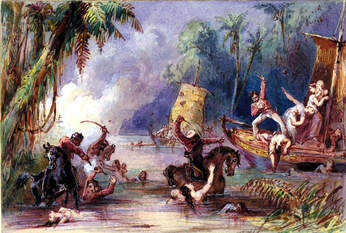
0 Comments
Your comment will be posted after it is approved.
Leave a Reply. |
Stranger Than Fiction StoriesM.P. PellicerAuthor, Narrator and Producer Archives
July 2024
Categories
All
|
Stories of the Supernatural
- Stories of the Supernatural
- Miami Ghost Chronicles
- M.P. Pellicer | Author
- Stranger Than Fiction Stories
- Eerie News
- Supernatural Storytime
-
Astrology Today
- Tarot
- Horoscope
- Zodiac
-
Haunted Places
- Animal Hauntings
- Belleview Biltmore Hotel
- Bobby Mackey's Honky Tonk
- Brookdale Lodge
- Chacachacare Island
- Coral Castle
- Drayton Hall Plantation
- Jonathan Dickinson State Park
- Kreischer Mansion
- Miami Biltmore Hotel
- Miami Forgotten Properties
- Myrtles Plantation
- Pinewood Cemetery
- Rolling Hills Asylum
- St. Ann's Retreat
- Stranahan Cromartie House
- The Devil Tree
- Trans-Allegheny Lunatic Asylum
- West Virginia Penitentiary
- Paranormal Podcasts
"When misguided public opinion honors what is despicable and despises what is honorable, punishes virtue and rewards vice, encourages what is harmful and discourages what is useful, applauds falsehood and smothers truth under indifference or insult, a nation turns its back on progress and can be restored only by the terrible lessons of catastrophe."
- Frederic Bastiat
- Frederic Bastiat

Copyright © 2009-2024 Eleventh Hour LLC. All Rights Reserved ®
DISCLAIMER
DISCLAIMER
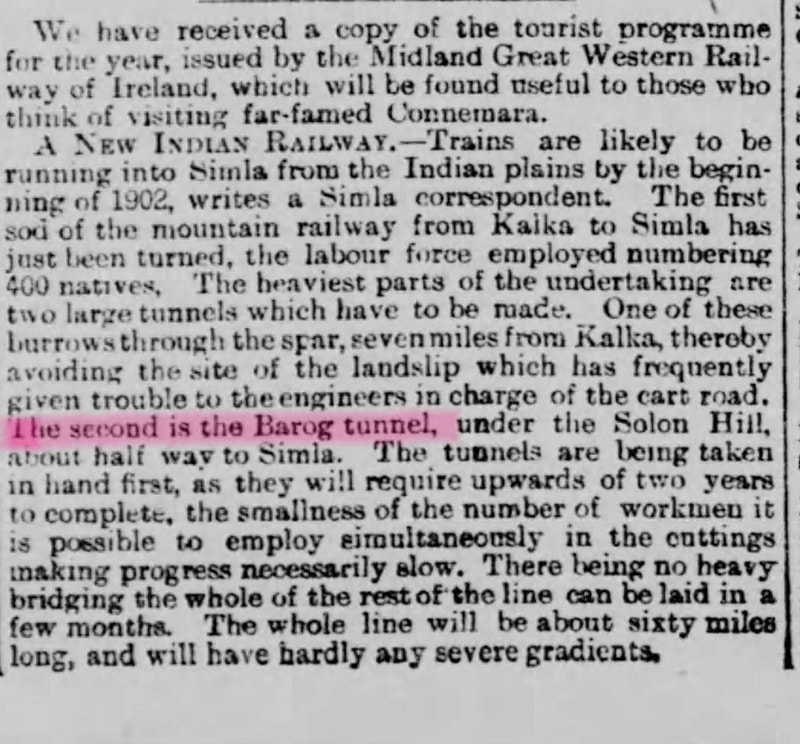

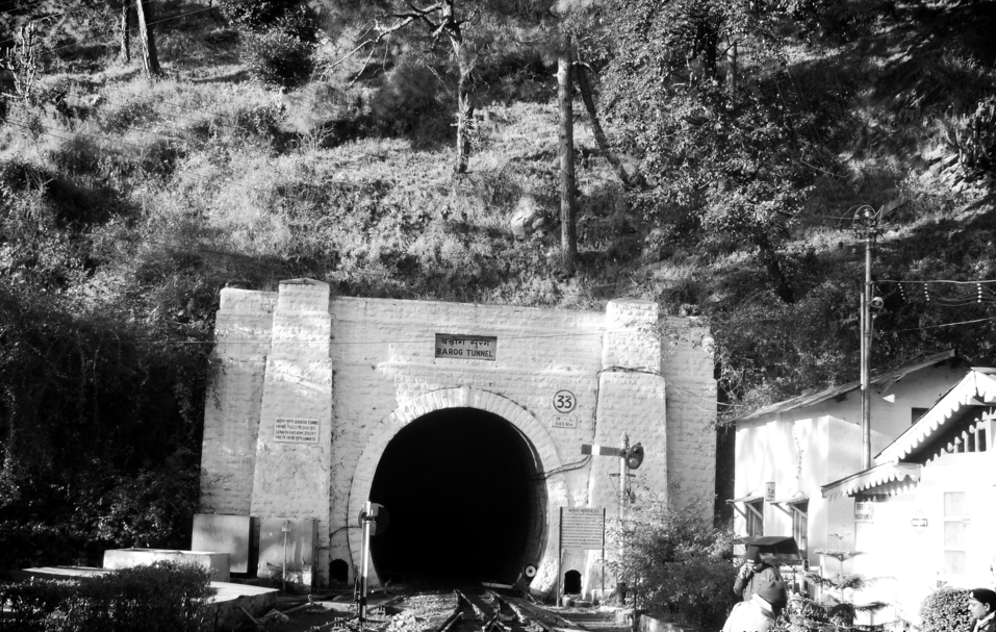
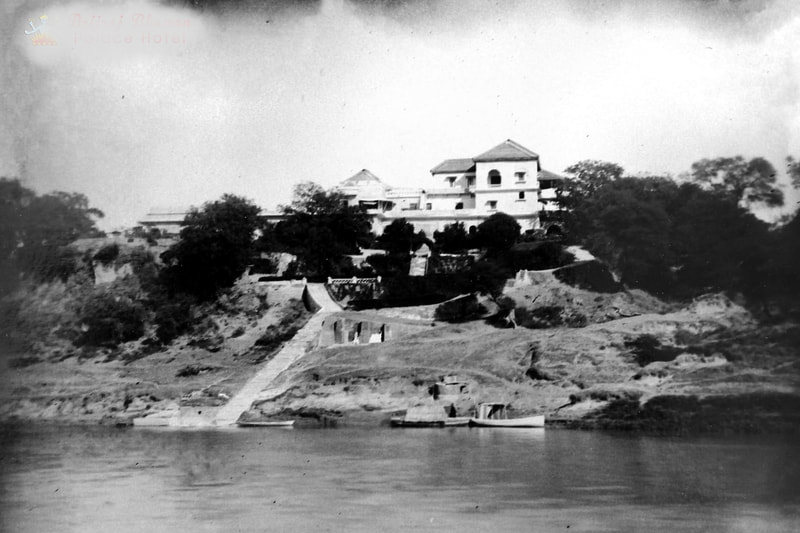
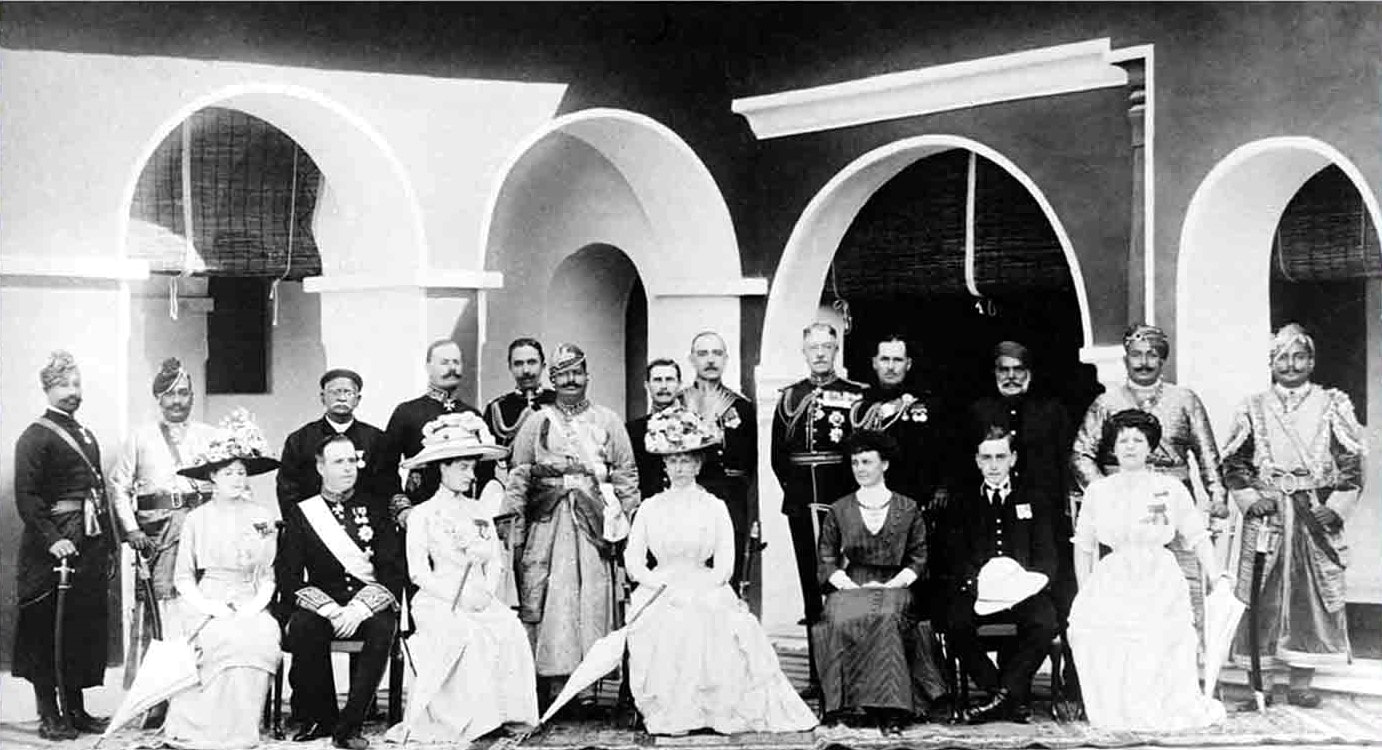
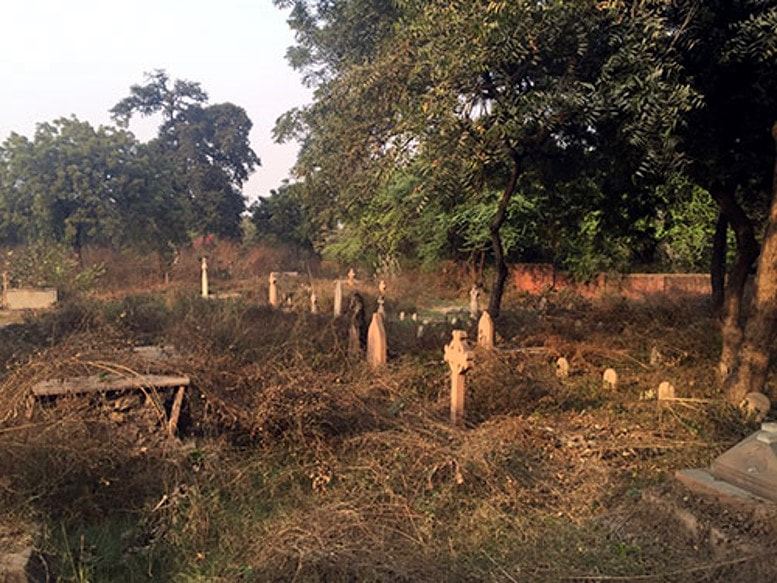
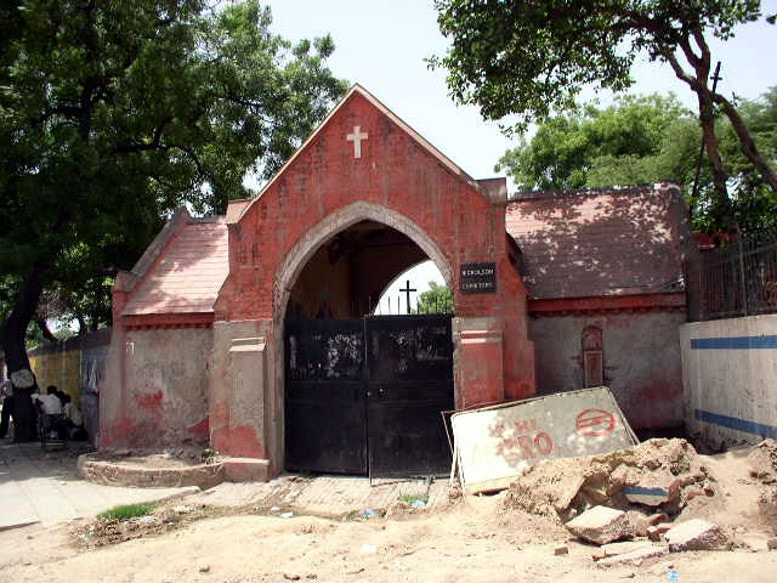
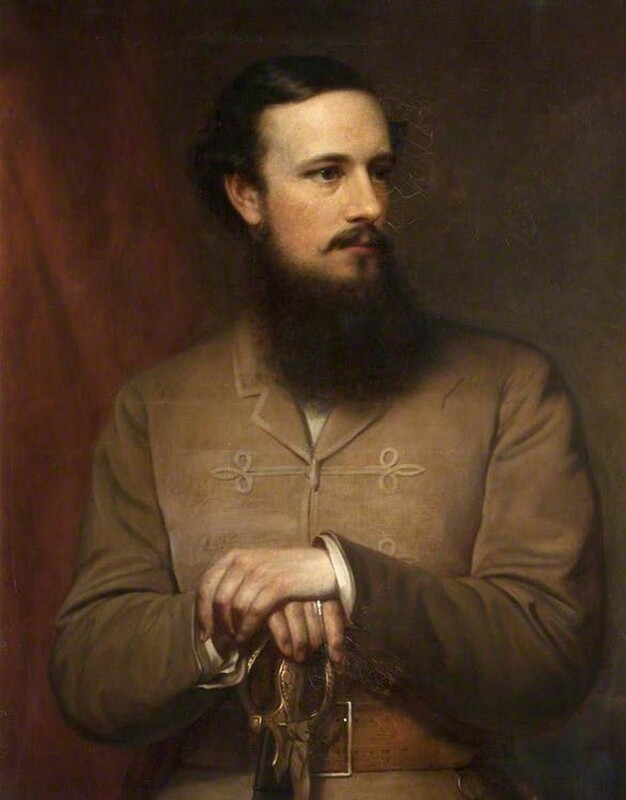
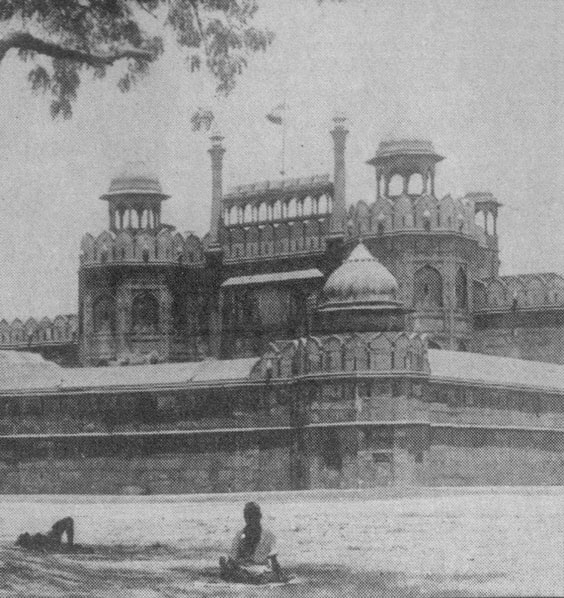
 RSS Feed
RSS Feed
















